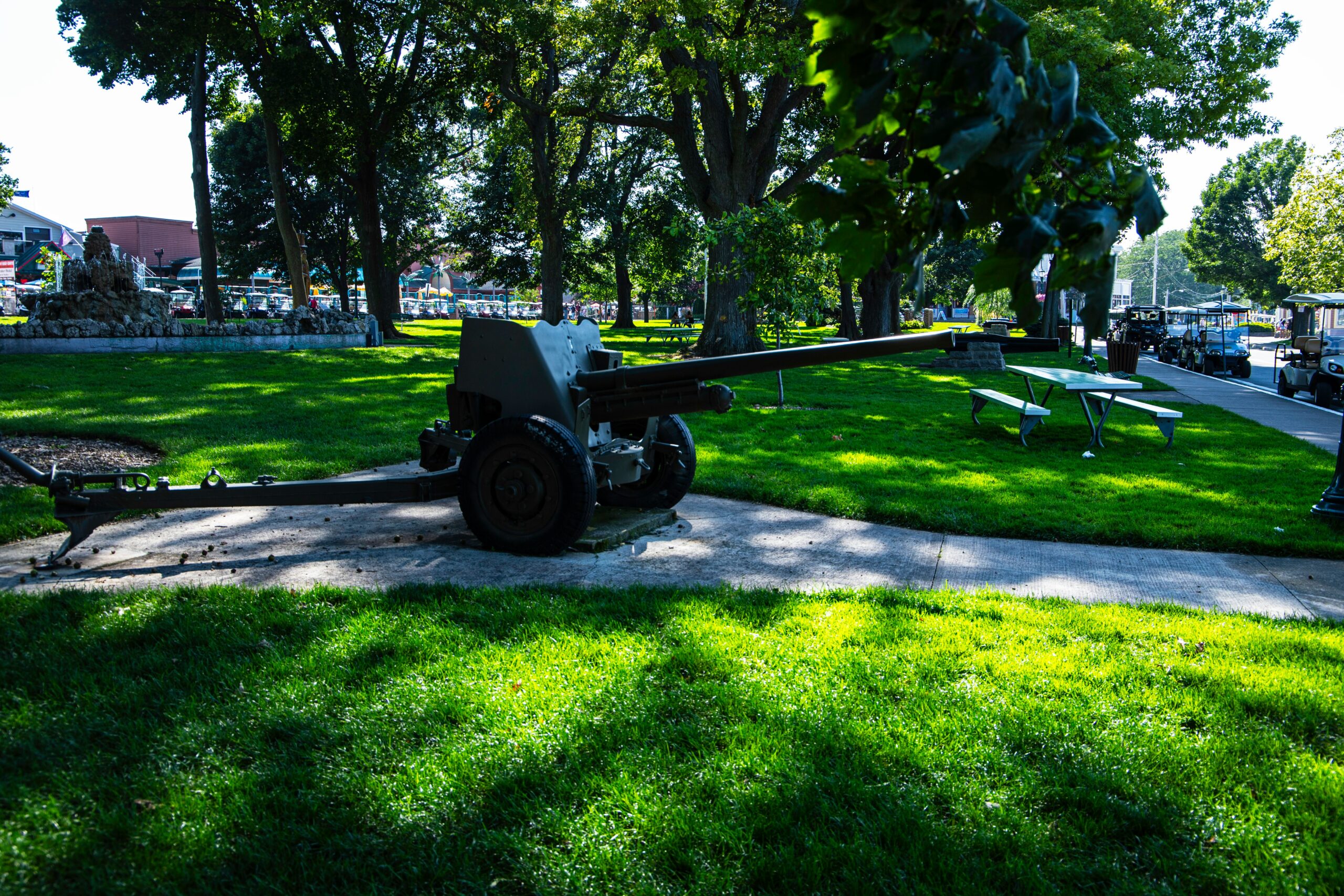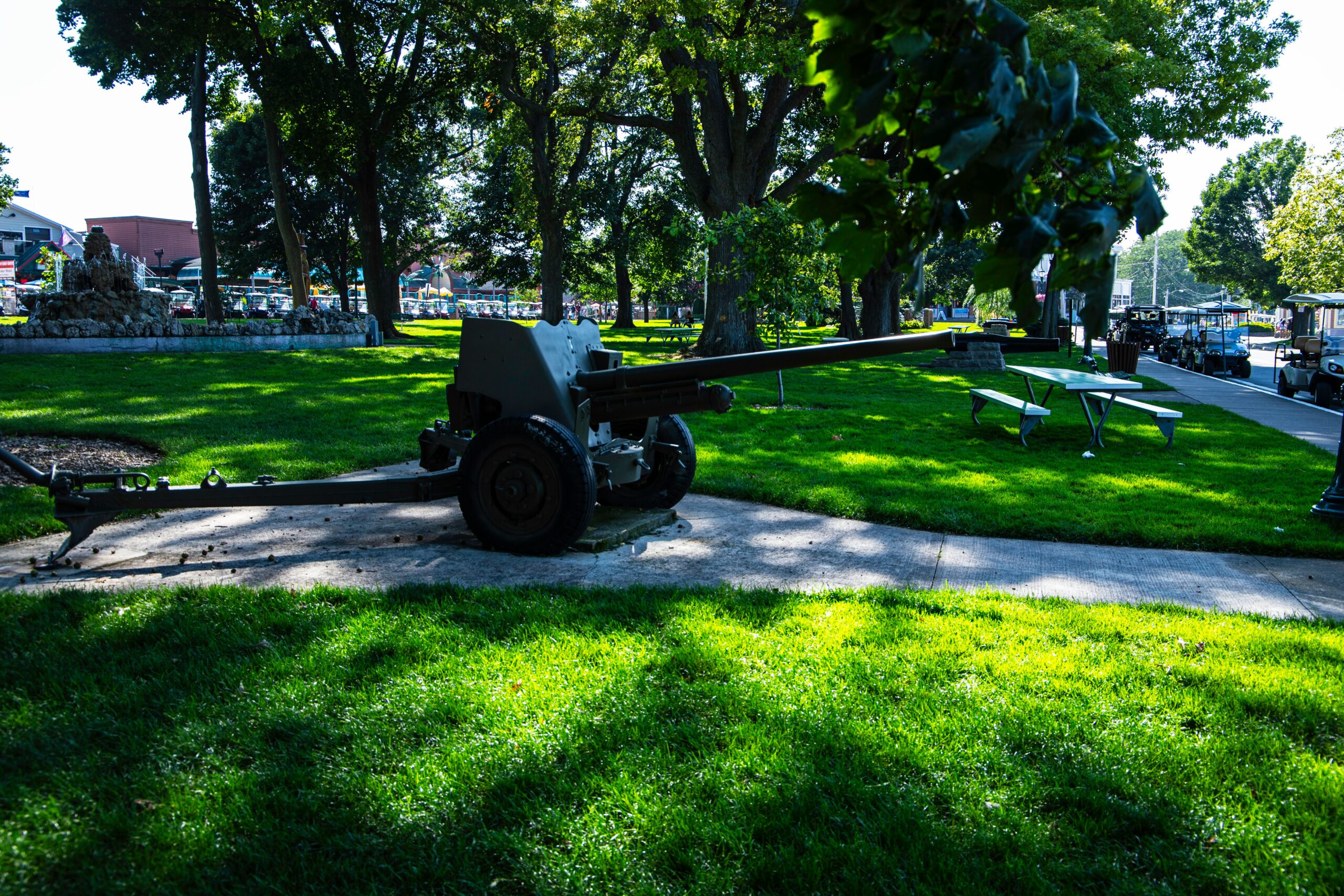
Escalating Tensions on the Korean Peninsula
The Korean Peninsula has a long history of military and diplomatic tensions, primarily stemming from the aftermath of the Korean War, which ended in 1953 without a formal peace treaty. The division between North Korea and South Korea has led to a series of confrontations and conflicts, often fueled by differing ideologies and national interests. Over the decades, both nations have engaged in numerous military skirmishes, with notable incidents such as the sinking of the South Korean corvette Cheonan in 2010 and the shelling of Yeonpyeong Island the same year. These events underscore the fragile nature of peace in the region.
In addition to military confrontations, diplomatic relations have remained strained due to various reasons, including North Korea’s nuclear ambitions and ballistic missile tests. The international community has often intervened to mediate tensions, but lasting solutions have proven elusive. Recent allegations of drone incursions have heightened concerns regarding North Korea’s military posture, indicating a potential escalation in hostilities. Such incidents not only reflect increasing military readiness but also challenge the existing security dynamics in the region.
The implications of North Korea’s military readiness cannot be understated. The country’s leadership has continuously proclaimed its resolve to maintain a strong military presence as a deterrent against perceived threats from South Korea and its allies, particularly the United States. This stance can lead to increased military exercises and further developments in missile technology, contributing to an arms race on the peninsula. Consequently, the stability of the region hangs in the balance, influenced heavily by North Korea’s declarations and actions. Continuing tensions may not only threaten the immediate territories involved but also have broader ramifications for regional and global security.
North Korea’s Military Orders and Preparedness
In recent developments, North Korea’s military has issued specific orders directing its front-line artillery units to prepare for heightened operational readiness. This directive aligns with the nation’s broader strategy aimed at countering perceived threats, particularly those it attributes to South Korea. The orders reflect a transition to ‘wartime mode,’ a status that significantly alters the readiness and deployment protocols of its armed forces. Under such conditions, military operations are characterized by increased vigilance, readiness to engage in combat, and the mobilization of personnel and resources that would not typically be activated during peacetime.
The declaration of wartime status raises several important implications for North Korea’s military posture. Firstly, it underlines the regime’s commitment to maintaining an aggressive stance, ostensibly in response to any incursions or threats perceived from its southern neighbor. This mode of preparedness necessitates that military units enhance their defensive and offensive capabilities, ensuring that artillery units can respond swiftly to any military actions or movements from South Korea. The emphasis on such readiness indicates a strategic priority placed on deterrence, showcasing North Korea’s intent to safeguard its sovereignty amid ongoing tensions in the Korean Peninsula.
Moreover, the regions most affected by these military orders are often those along the demilitarized zone (DMZ), where frontline defense capabilities are crucial. Artillery units positioned in these areas are likely to undergo intensive training and simulations to ensure operational effectiveness. The decision to elevate alert levels also highlights the regime’s strategy in utilizing military preparedness as a tool for negotiating power and influencing diplomatic discussions. Ultimately, the military directives illustrate how North Korea is leveraging its combat readiness to assert its position amid regional security dilemmas.
Reactions from South Korea and International Community
The ongoing tensions between North Korea and South Korea have intensified in response to alleged drone incursions. South Korea’s defense ministry has issued strong statements condemning these provocations, asserting that they pose a significant threat to national security. In light of these incidents, South Korea has activated its defense strategies, which include strengthening surveillance and enhancing military readiness along the border. This proactive stance is not merely a reaction but part of a broader strategy to deter potential aggression from the North and to reassure its own citizens of their safety.
Moreover, recent military drills have been conducted, showcasing South Korea’s capabilities to respond swiftly to any hostile actions. The joint exercises with the United States further underline the close cooperation between these two allies in facing North Korea’s ongoing threats. The South Korean government has emphasized its commitment to maintaining peace and stability in the region while being prepared to respond firmly if provoked.
Internationally, reactions to North Korea’s military activities have varied among key global players. The United States has reiterated its commitment to diplomatic solutions but remains vigilant, reinforcing its military presence in the region as a deterrence measure. Countries such as Japan and China have also expressed concerns regarding North Korea’s provocations, calling for dialogue and a peaceful resolution to the escalating tensions. This collective international response highlights the delicate balance of power in the region and the critical role of diplomacy in addressing the security challenges posed by North Korea.
As these dynamics unfold, the reactions from both South Korea and the international community are pivotal in shaping the future trajectories of security and military readiness in Northeast Asia. The implications of North Korea’s actions may not only impact local affairs but also engage global stakeholders in discussions surrounding peace and stability on the Korean Peninsula.
Propaganda and Psychological Warfare
In examining North Korea’s military readiness, particularly in the context of alleged drone incursions, it is essential to highlight the role of propaganda as a crucial tool for the regime. The North Korean state employs a sophisticated approach to shaping public perception, utilizing claims of external threats to consolidate power and maintain internal control. These narratives serve not only to justify military responses but also to foster a collective sense of urgency and unity among its citizens.
The state media plays a pivotal role in disseminating information that enhances the regime’s narratives. By portraying external entities, particularly South Korea and the United States, as aggressors, North Korea creates a climate of fear and defensiveness. This strategic framing not only mobilizes support for military readiness but also diverts attention from domestic issues such as economic difficulties and human rights violations. Through relentless messaging, the regime reinforces the notion that any sign of weakness may lead to dire consequences, thus pressing the populace to rally behind the military apparatus.
Furthermore, the psychological warfare aspect of these propaganda campaigns also extends to international relations, particularly with South Korea. The deliberate amplification of drone threats can be perceived as a tactic to escalate tensions and provoke stronger responses. By continuously framing these alleged incursions as acts of provocation, North Korea aims to position itself as a steadfast defender of sovereignty, further solidifying its narrative domestically and challenging the international community to respond, thus maintaining an adversarial relationship with its neighbors.
In conclusion, the interplay of propaganda and psychological warfare in North Korea’s claims about drone incursions demonstrates how the regime manipulates information to enhance military readiness while simultaneously distracting from pressing internal issues. This tactic reflects a broader strategy to maintain control over its population and assert its significance on the global stage.
